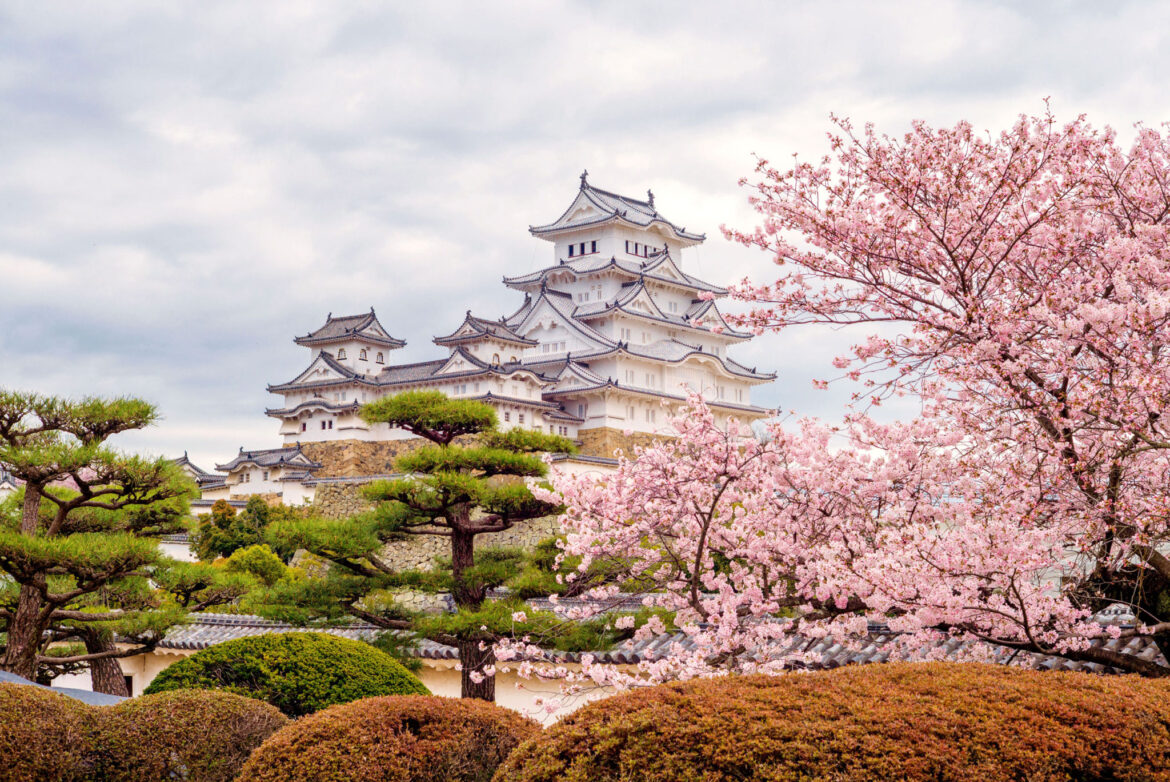As the winter chill fades away and the sun begins to shine brighter, the arrival of spring brings with it the much-anticipated cherry blossom season. This magical time of year sees the blooming of cherry blossom trees, painting landscapes in shades of pink and white. Cherry blossom season is celebrated in many cultures around the world, with people eagerly flocking to see the delicate blooms and experience the beauty of nature.
We’ll explore the origins of cherry blossom season and its cultural significance. But also provide tips on the best spots for cherry blossom viewing and how to make the most of this stunning seasonal event. So sit back, relax, and let’s dive into the springtime delight that is cherry blossom season.
The cherry blossom has become a symbol of renewal and hope, as well as a reminder of the fleeting nature of life. People in Japan and other parts of the world eagerly anticipate the arrival of cherry blossom season each year, and many celebrations and festivals take place to mark the occasion.
Cherry blossoms are Japan’s biggest annual event. An event that sees 60% of the population getting involved and take part in. Every spring people all around Japan have picnics and admire cherry blossoms which are called Sakura. Viewing cherry blossoms is called Hanami. The season starts from late March through early May in one area in Japan starting in Fukuoka in the south and traveling to Sapporo in the north. The blossoms start to fall one week after blooming and it really is a sight to be seen.
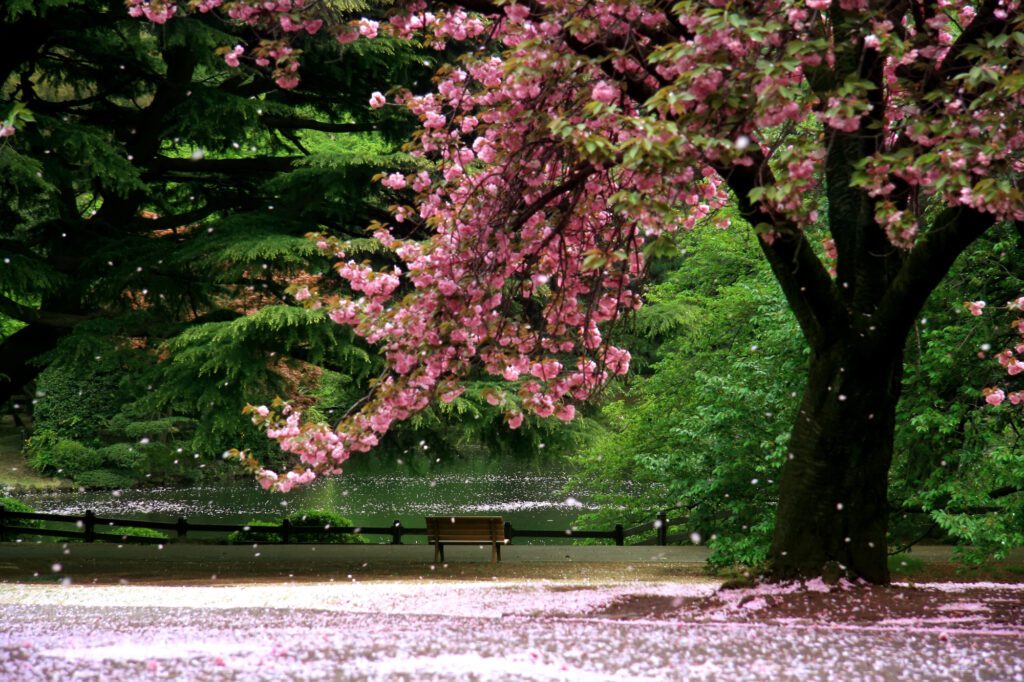
History of Cherry Blossom Season in Japan
Cherry blossom season has a rich history in Japan, dating back to the Heian period (794-1185). It’s when cherry blossom viewing parties called “hanami” first became popular among the aristocracy. Over time, the tradition spread to the common people, and today, hanami is a beloved national pastime in Japan. Cherry blossoms also hold great cultural significance in Japanese culture and literature, symbolizing the transience of life and the beauty of impermanence. This idea is reflected in the practice of “mono no aware,” a concept that emphasizes the appreciation of beauty in the impermanence of things. In Japanese literature, cherry blossoms have been celebrated in poetry and prose for centuries. The tradition of writing and reciting cherry blossom poetry remains popular today.
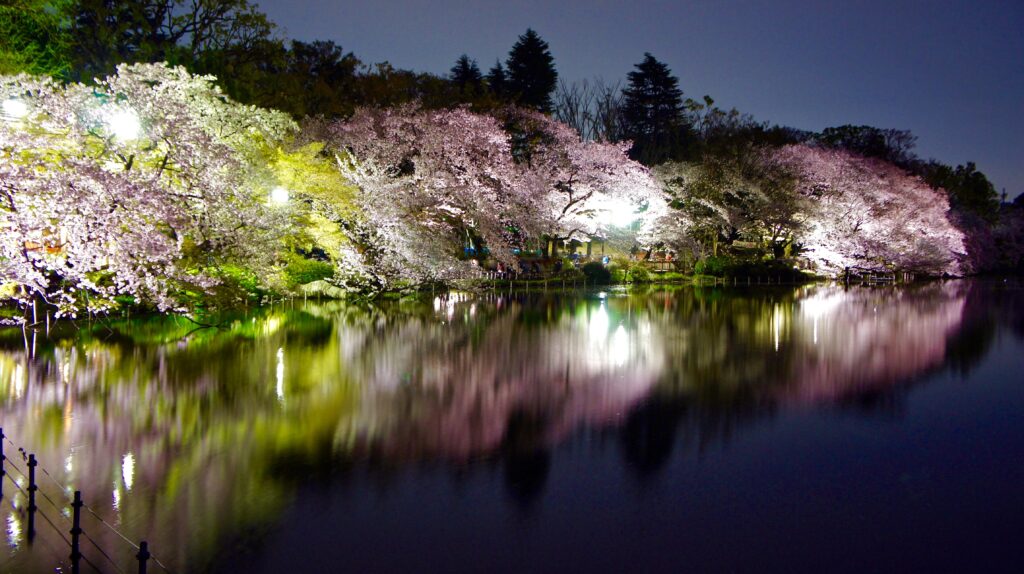
Best Spots for Cherry Blossom Viewing in Japan
There are many locations throughout the country where you can view these beautiful blooms. Here are a few of the best spots for cherry blossom viewing in Japan:
Tokyo
The nation’s capital is one of the most popular destinations for cherry blossom viewing. With numerous parks and gardens offering breathtaking views of the blossoms.
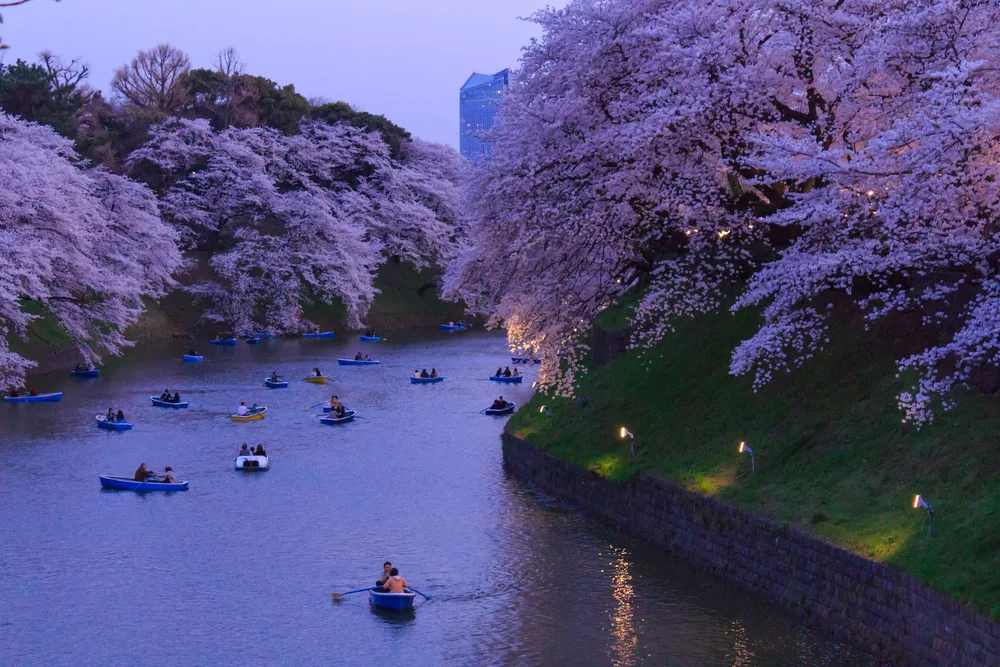
- Ueno Park. Ueno Park is one of the most popular destinations for cherry blossom viewing in Tokyo. With over 1,000 cherry blossom trees lining the park’s paths and walkways. The park also hosts the famous Sakura Matsuri festival, featuring food stalls, live music, and traditional Japanese performances.
- Shinjuku Gyoen National Garden. Shinjuku Gyoen is a spacious garden located in the heart of Tokyo. It features a large variety of cherry blossom trees, including some rare species. The garden also has a traditional Japanese tea house where visitors can enjoy a cup of tea and stunning views.
- Chidorigafuchi. Chidorigafuchi is a moat surrounding the Imperial Palace, which is lined with cherry blossom trees. Visitors can rent a rowboat and enjoy a leisurely ride under the blooming trees.
- Meguro River. The Meguro River is a popular spot with hundreds of cherry blossom trees lining the riverbanks. They illuminate the trees at night, creating a stunning display of pink and white blooms.
- Yoyogi Park. Yoyogi Park is a spacious park located in the Shibuya district of Tokyo, featuring over 600 cherry blossom trees. The park also hosts several events and performances during cherry blossom season, adding to the festive atmosphere.
Kyoto
You know this city for its traditional architecture and beautiful temples. The best time to view cherry blossoms in Kyoto is typically from late March to early April. The city hosts several festivals during this time, including the famous Higashiyama Hanatoro illumination event.
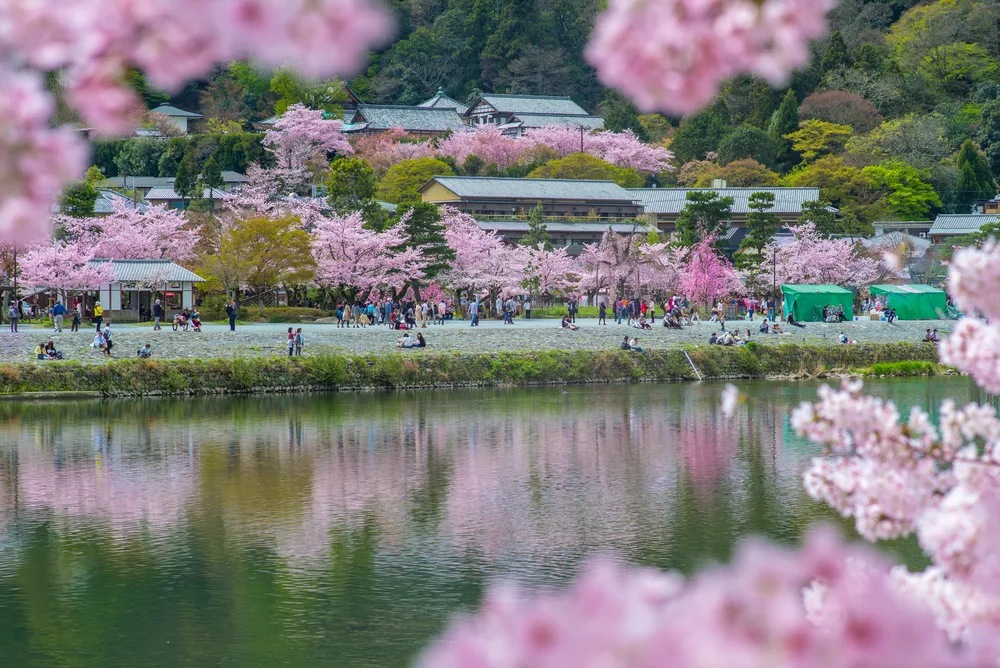
- Philosopher’s Path. This scenic path follows a canal lined with cherry blossom trees, making it one of the most picturesque spots for cherry blossom viewing in Kyoto. The path stretches for almost two kilometers, connecting several temples and shrines along the way.
- Maruyama Park. Maruyama Park is one of Kyoto’s most popular parks, featuring over 800 cherry blossom trees. The park also has a large weeping cherry blossom tree that is illuminated at night, creating a magical atmosphere.
- Ninnaji Temple. Ninnaji Temple is a UNESCO World Heritage Site located in western Kyoto, featuring several historic buildings and a beautiful garden. The temple is also known for its late-blooming cherry blossom trees, which bloom in late April to early May.
- Heian Shrine. Heian Shrine is a large Shinto shrine located in eastern Kyoto, featuring several beautiful gardens and a large torii gate.
- Arashiyama. Arashiyama is a scenic district located on the western outskirts of Kyoto, featuring several temples, gardens, and a bamboo grove. The area is also home to several cherry blossom trees, making it a beautiful spot for a stroll.
Nara
Home to some of Japan’s oldest cherry blossom trees, with many located in Nara Park.
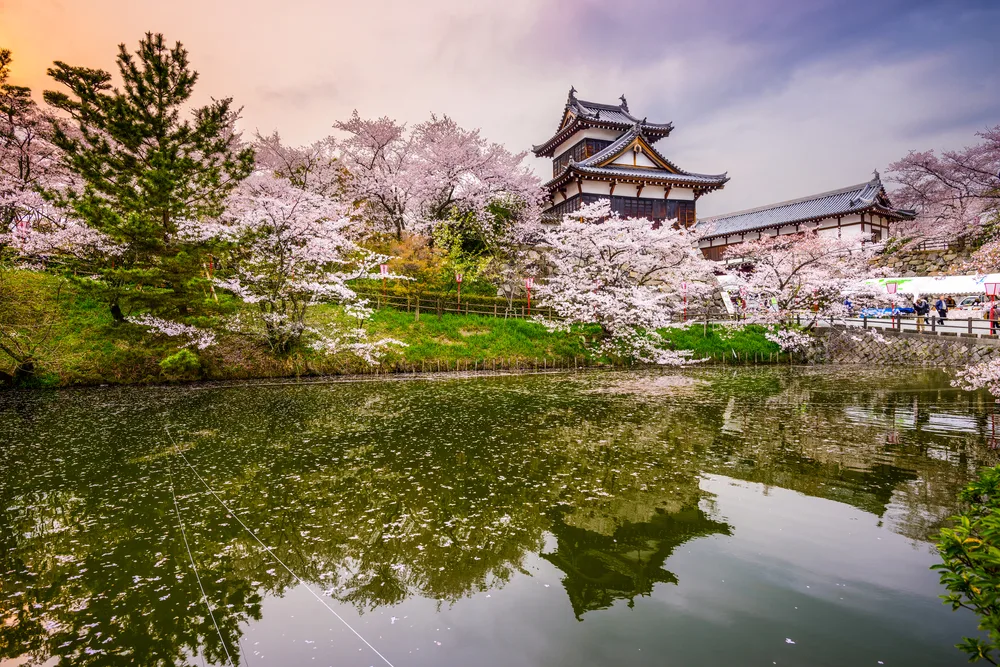
- Yoshino. Yoshino is a mountain town located about an hour from Nara City and is one of Japan’s most famous spots for cherry blossom viewing. The town is home to over 30,000 cherry blossom trees, which bloom in early April and create a stunning pink landscape.
- Nara Park. Nara Park is a large park located in the center of Nara City, featuring several historic temples and shrines as well as hundreds of cherry blossom trees. The park is also home to over 1,000 deer, which are considered sacred and can be seen roaming freely throughout the park.
- Isuien Garden. Isuien Garden is a traditional Japanese garden located in Nara City, featuring several ponds and a tea house. The garden is also home to several cherry blossom trees, which bloom in early April and create a beautiful contrast against the garden’s greenery.
- Mt. Wakakusa. Mt. Wakakusa is a small mountain located just outside of Nara Park, and is a popular spot for hiking and picnicking during cherry blossom.
- Hasedera Temple. Hasedera Temple is a historic temple located in the hills above Nara City. It features several beautiful gardens and a large wooden statue of the goddess Kannon. The temple is also home to over 2,000 cherry blossom trees, which bloom in early April and create a stunning backdrop for the temple’s buildings.
Hokkaido
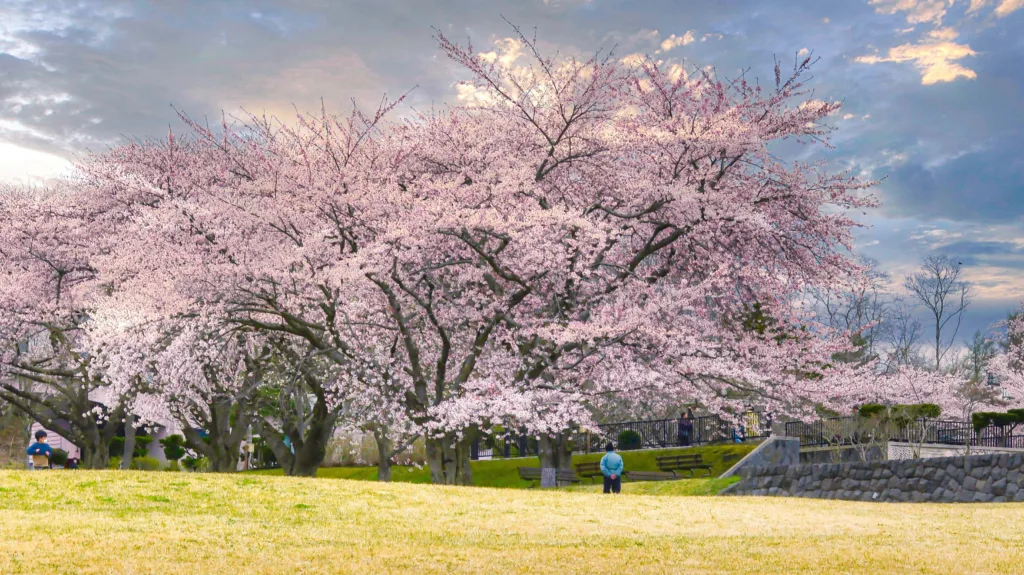
- Goryokaku Park. Goryokaku Park is a large park located in Hakodate City, featuring a star-shaped fort and several cherry blossom trees. The park is particularly popular during cherry blossom season when the trees bloom in early May.
- Matsumae Park. Matsumae Park is located in Matsumae Town, the southernmost point of Hokkaido. The park is home to over 10,000 cherry blossom trees, one of the largest cherry blossom parks in Japan. The trees typically bloom in late April to early May.
- Asahiyama Park. Asahiyama Park is a large park located in Asahikawa City, featuring several cherry blossom trees as well as a zoo and botanical garden. The park is particularly popular during cherry blossom season when the trees bloom in late April.
- Moerenuma Park. Moerenuma Park is a unique park located in Sapporo City, featuring several modern art installations and a large pyramid-shaped glass building. The park is also home to several cherry blossom trees, which bloom in late April.
- Hokkaido Shrine. Hokkaido Shrine is a large Shinto shrine located in Sapporo City, featuring several beautiful gardens and a large torii gate. The shrine is also home to several cherry blossom trees, which bloom in late April to early May.
Cherry Blossom Festivals in Japan
Cherry blossom festivals in Japan are annual events that celebrate the blooming of cherry blossom trees. At these festivals, visitors can expect large crowds and a festive atmosphere. Food vendors selling traditional Japanese treats are common. Visitors can participate in traditional activities such as tea ceremonies and Japanese dance performances. Many festivals also feature nighttime illuminations of the cherry blossom trees, creating a truly magical atmosphere. Visitors should be sure to dress appropriately for the weather and bring cash for food and souvenirs.
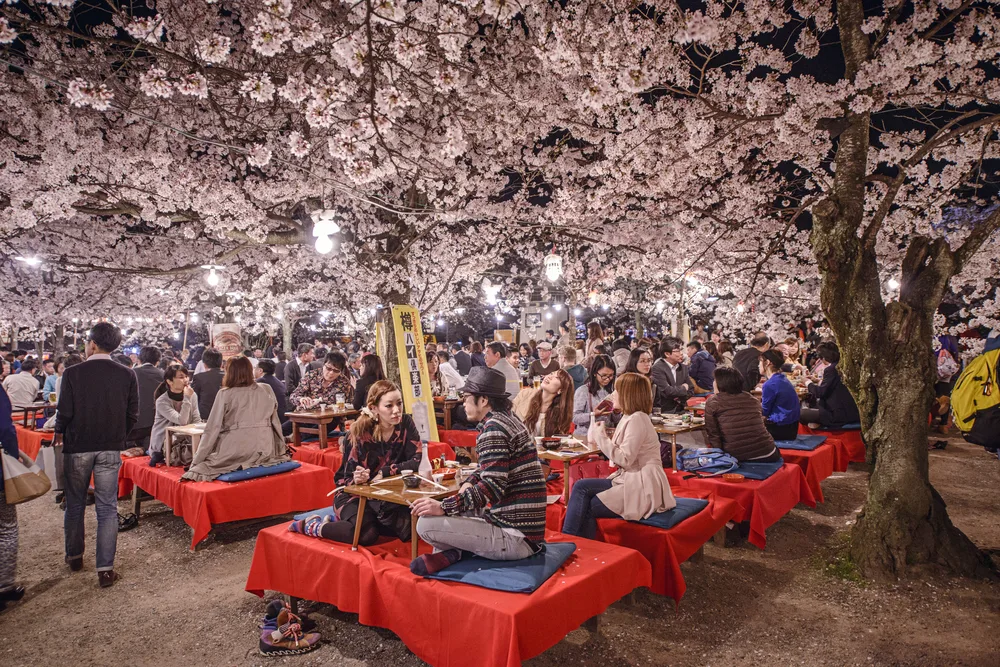
Most popular Cherry Blossom festivals
- Sakura Matsuri in Tokyo. This is one of the most famous cherry blossom festivals in Japan. It is held annually at the iconic Ueno Park in Tokyo. Visitors can also enjoy nighttime illuminations of the trees, making for a truly magical experience.
- Takato Castle Ruins Cherry Blossom Festival in Nagano. This festival takes place in early April at Takato Castle Ruins Park. Visitors can enjoy a variety of events, including traditional Japanese dance performances, tea ceremonies, and cherry blossom viewing from the ruins of the castle.
- Hirosaki Cherry Blossom Festival in Aomori. Held at Hirosaki Castle Park in Aomori, this festival is known for its impressive display of over 2,600 cherry blossom trees. Visitors can also enjoy traditional music and dance performances, as well as food stalls and nighttime illuminations.
- Yoshino Cherry Blossom Festival in Nara. This festival takes place in early April in the town of Yoshino, which is famous for its picturesque cherry blossom-lined streets. Visitors can enjoy traditional Japanese performances, tea ceremonies, and cherry blossom viewing while strolling through the town’s historic district.
- Kitakami Tenshochi Cherry Blossom Festival in Iwate. This festival takes place in late April at Tenshochi Park, which is home to over 10,000 cherry blossom trees. Visitors can enjoy boat rides along the river to view the cherry blossoms, as well as food stalls and traditional Japanese performances.
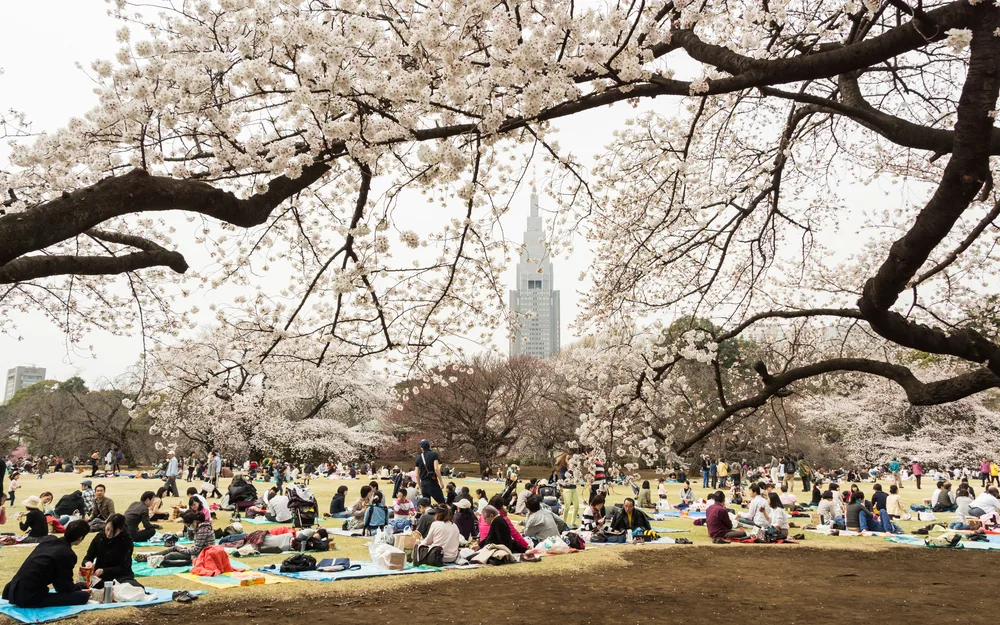
Plan Your Sakura Picnic
- A picnic blanket or mat: A comfortable and waterproof picnic blanket or mat will help you to relax and enjoy the outdoor scenery.
- Bento box or lunchbox: A bento box is a popular Japanese lunch box that comes with compartments for different foods. You can easily find a bento box at any supermarket or department store in Japan.
- Snacks: You may want to bring some Japanese snacks like rice crackers, mochi (a sweet rice cake), or senbei (a savory rice cracker).
- Sun protection: Sunscreen, hats, and sunglasses will help protect you from the sun’s UV rays. You may also want to bring an umbrella for shade or in case of rain.

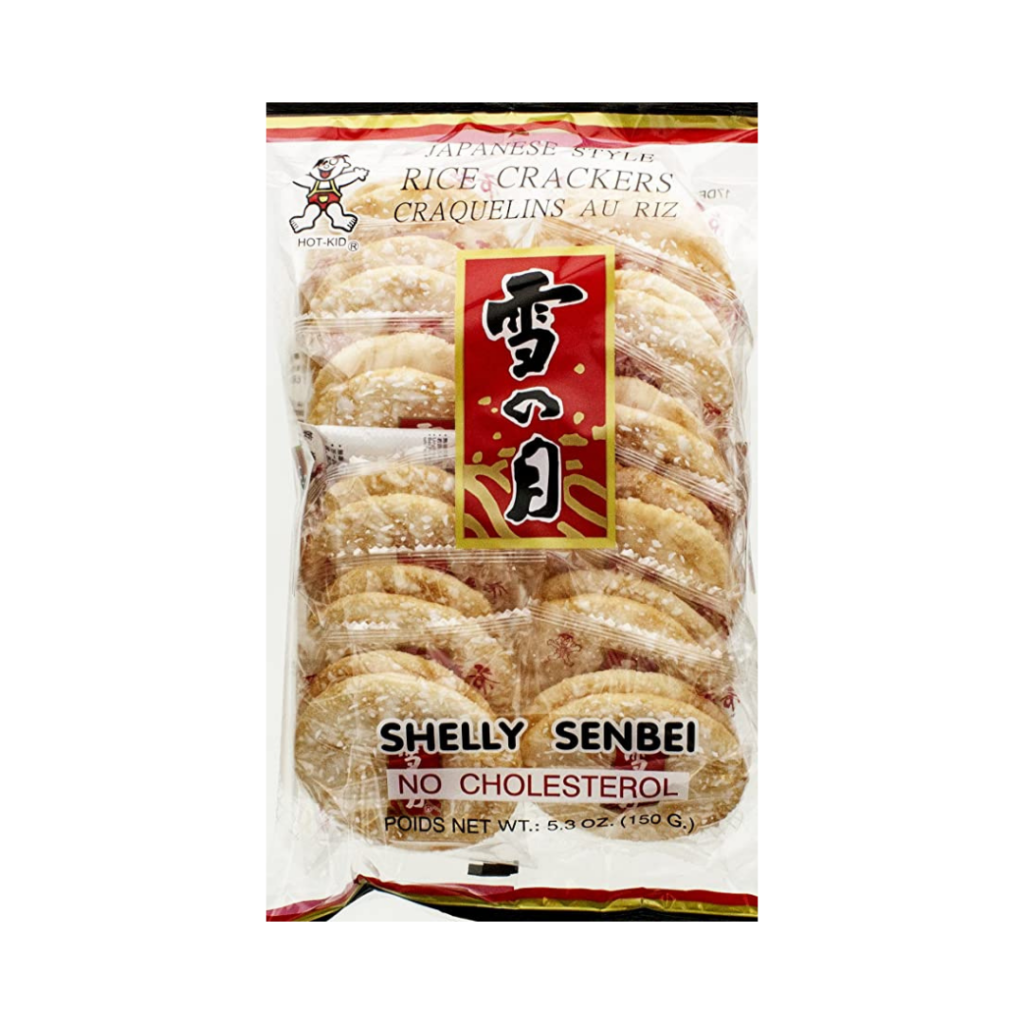

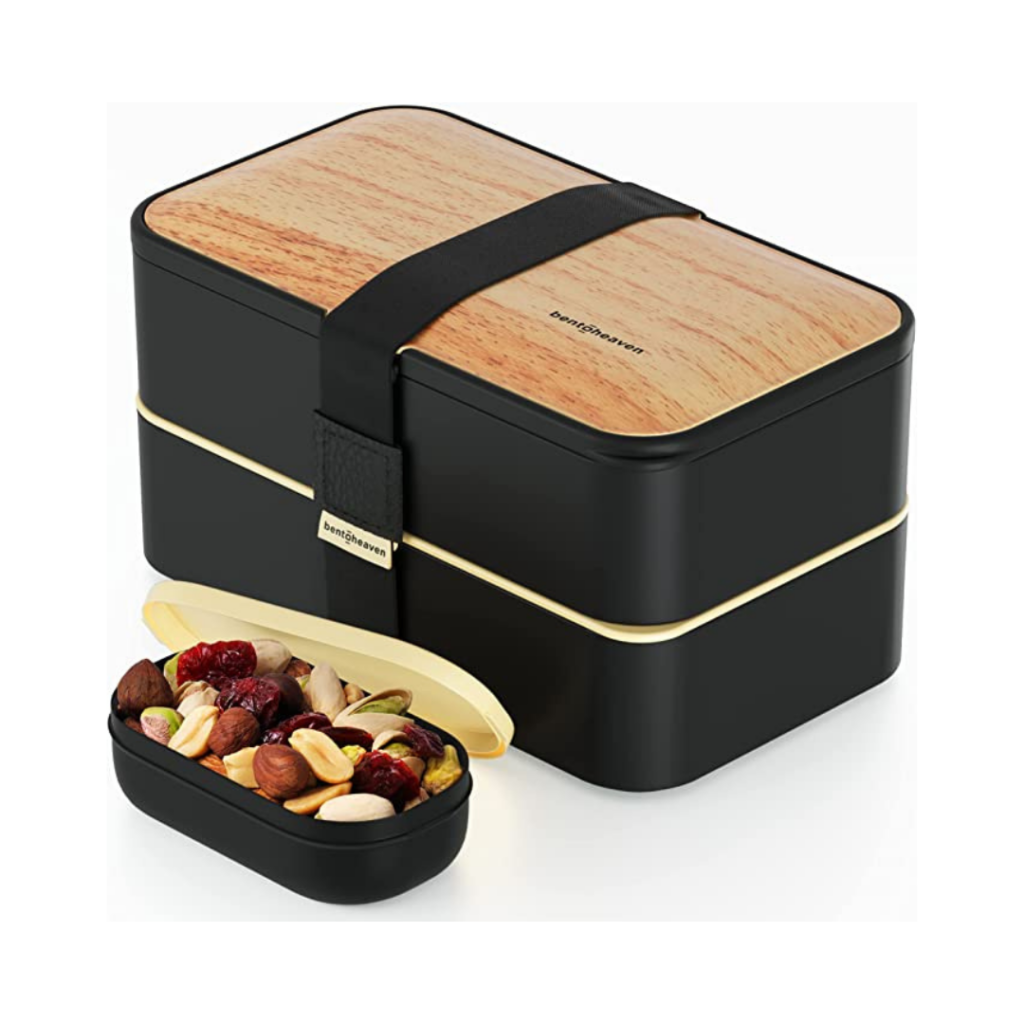
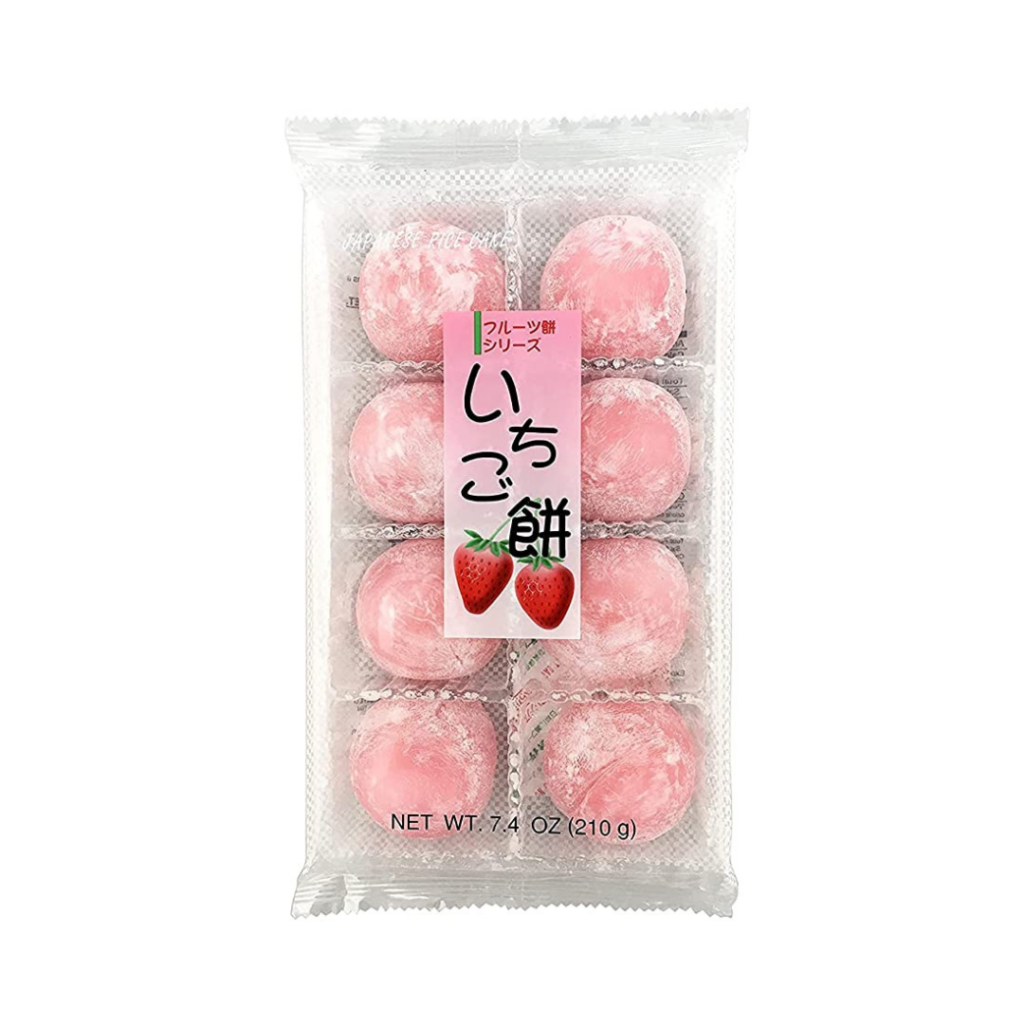
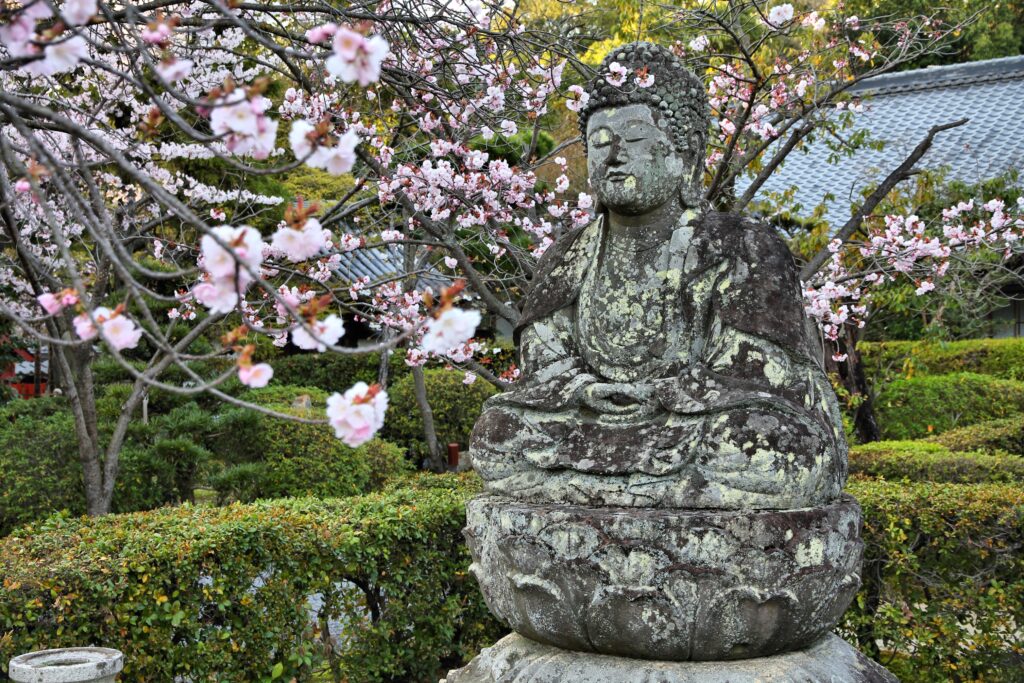
Experience the Beauty of Cherry Blossom Season
Cherry blossom season in Japan is truly a one-of-a-kind experience that everyone should try to witness at least once in their lifetime. The beauty and majesty of the cherry blossoms are unparalleled. And the atmosphere of celebration and renewal that accompanies the blooms is infectious. Take the time to explore the various viewing spots, and attend festivals and events.
And once you’ve experienced cherry blossom season for yourself, don’t be shy about sharing your experiences with others. Share your photos and stories with friends and family, and encourage them to plan their own cherry blossom viewing trip.
